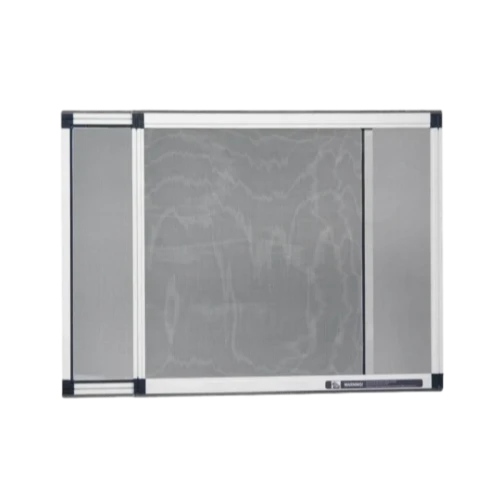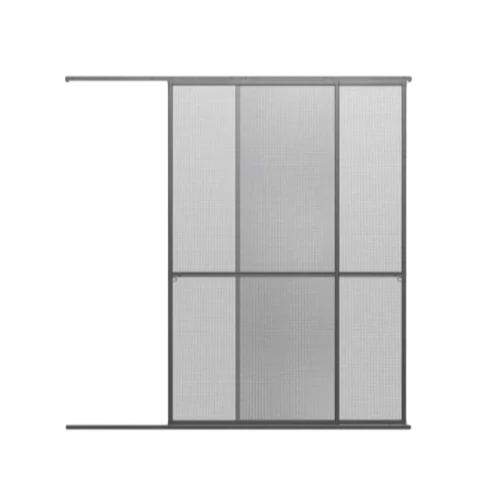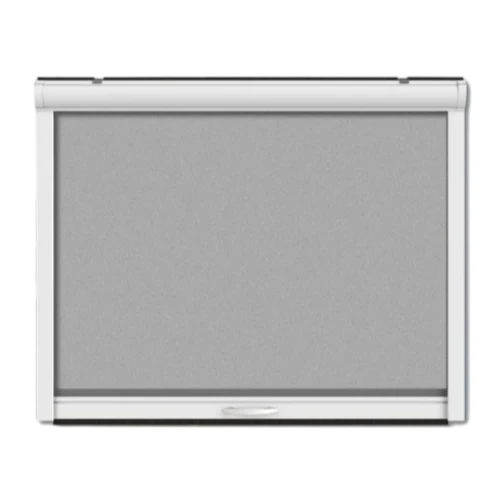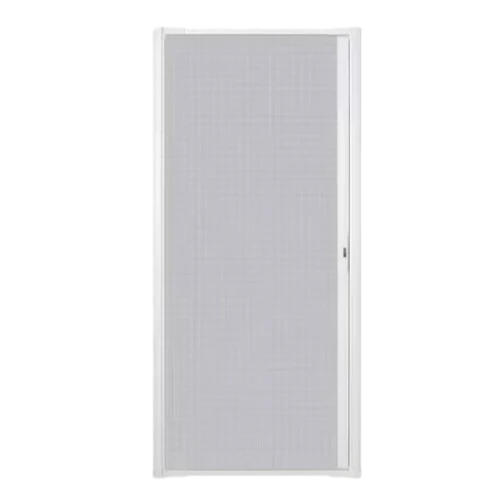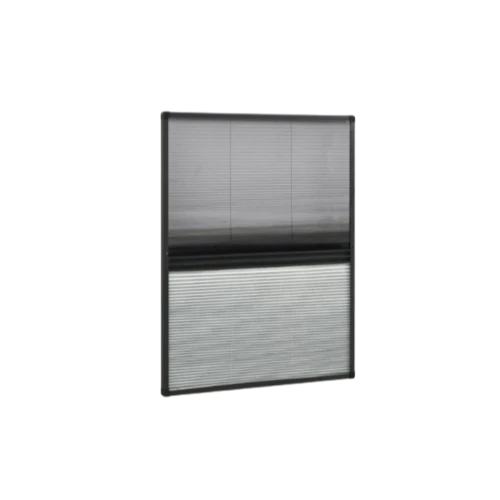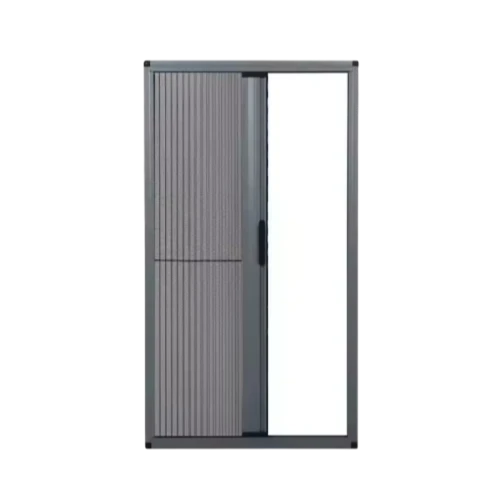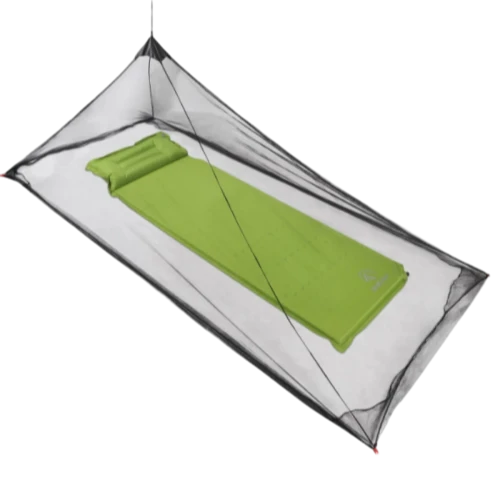Aug . 25, 2025 16:03 Back to list
Buffer Management Techniques for a Net Sliding Window
A net sliding window, with its smooth horizontal or vertical movement, is a practical choice for spaces where traditional windows fall short. Whether it’s a sliding window net ko sliding mesh window, maintaining the buffer— the space between the screen and frame that ensures smooth operation— is key to its longevity. Shijiazhuang Crscreen Tech Co. Ltd, founded in 2015 with a 10,000-square-meter facility and ISO9001, ISO14001 certifications, has a dedicated team focused on innovating screen solutions. Their expertise makes them a trusted partner for wholesalers seeking reliable net sliding window products. This article explores buffer management techniques for net sliding window, helping wholesalers guide clients to keep these windows functioning flawlessly.
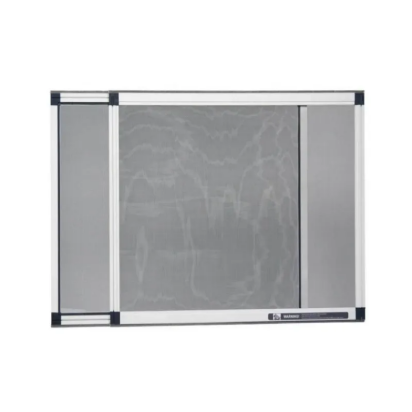
Types of Sliding Window Net Buffer Systems
- Fixed Buffer Sliding Mesh Window: A sliding mesh window with a fixed buffer features a preset gap between the screen and frame, designed for consistent operation. This system is low-maintenance, ideal for residential spaces where the window is used moderately. The fixed buffer ensures the screen glides without rubbing, reducing wear— a selling point wholesalers can highlight for clients prioritizing simplicity.
- Adjustable Buffer Net Sliding Window: An adjustable buffer in a net sliding window allows users to tweak the gap, adapting to changes from weather or wear. This is perfect for commercial spaces with heavy usage, where the buffer might need occasional fine-tuning. Shijiazhuang Crscreen Tech Co. Ltd’s adjustable systems are user-friendly, making them accessible for both professionals and DIY enthusiasts.
- Self-Cleaning Buffer Sliding Window Net: A sliding window net with a self-cleaning buffer incorporates small brushes or channels that clear debris (like dust or pet hair) as the screen moves. This prevents clogs that could disrupt the buffer, ideal for homes with pets or dusty environments. It reduces maintenance efforts, a major advantage for busy clients.
Key Buffer Management Techniques for Net Sliding Window
- Regular Debris Removal: Keeping the buffer of a net sliding window free from dirt, leaves, and small particles is essential. A soft brush or vacuum attachment can gently clear the tracks, ensuring the screen slides without obstruction. For sliding mesh window models, focusing on the corners (where debris accumulates) prevents buffer narrowing over time. Wholesalers can recommend weekly checks to maintain optimal performance.
- Lubrication of Sliding Surfaces: Applying a silicone-based lubricant to the buffer tracks of a sliding window net reduces friction, allowing smooth movement. Avoid oil-based products, which attract dust and can gum up the buffer. Quarterly lubrication is sufficient for most environments, though high-use windows may need more frequent care— a tip that adds value for wholesalers advising clients.
- Alignment Checks: Misalignment can shrink the buffer of a net sliding window, causing the screen to drag or jam. Periodically checking that the frame is square and the tracks are parallel ensures the buffer remains consistent. Adjusting screws or brackets (as needed) prevents uneven wear, extending the window’s lifespan. Shijiazhuang Crscreen Tech Co. Ltd provides guides on alignment, supporting wholesalers in client education.
Benefits of Proper Buffer Management for Different Sliding Window Net Types
|
Window Type |
Benefit of Buffer Management |
Best Technique |
|
Residential Sliding Mesh Window |
Extends lifespan; reduces need for repairs. |
Regular debris removal + quarterly lubrication. |
|
Commercial Net Sliding Window |
Maintains smooth operation despite heavy usage. |
Adjustable buffer + monthly alignment checks. |
|
High-Traffic Sliding Window Net |
Prevents jams; ensures consistent performance. |
Self-cleaning buffer + weekly debris checks. |
|
Coastal Sliding Mesh Window |
Resists salt buildup that could narrow the buffer. |
Silicone lubrication + monthly deep cleaning. |
This table helps wholesalers match buffer techniques to window types, ensuring clients get tailored advice for their specific needs.
Troubleshooting Common Buffer Issues in Sliding Window Net
- Buffer Narrowing in Sliding Mesh Window: If a sliding mesh window starts sticking, debris buildup is often the culprit. Clearing the tracks and adjusting the buffer (if adjustable) restores the gap. For fixed buffer models, gently bending misaligned tracks (with care) can widen the buffer— a solution wholesalers can share to resolve minor issues.
- Uneven Buffer in Net Sliding Window: An uneven buffer in a net sliding window(where one side is tighter than the other) causes uneven wear. Checking for loose frame screws or warped tracks and tightening/straightening them balances the buffer. This prevents the screen from tilting, ensuring smooth movement.
- Buffer Freezing in Cold Climates: In winter, moisture can freeze in the buffer of a sliding window net, causing jams. Applying a de-icing spray or rubbing alcohol to the tracks prevents freezing. For proactive care, clearing snow and ice from the frame before use maintains the buffer— a seasonal tip wholesalers can emphasize to clients in cold regions.
Net Sliding Window FAQS
How Often Should I Check the Buffer of My Sliding Mesh Window?
For a sliding mesh window, checking the buffer monthly is recommended. Heavy-use windows (like in commercial spaces) may need biweekly checks to catch debris or misalignment early, preventing costly repairs.
Can a Damaged Buffer in a Net Sliding Window Be Repaired?
Yes, most buffer issues in a net sliding window are repairable. Minor narrowing can be fixed with cleaning and lubrication, while adjustable buffers can be reset. For severe damage (e.g., bent tracks), replacement parts from manufacturers like Shijiazhuang Crscreen Tech Co. Ltd are available.
Is Silicone Lubricant Safe for All Sliding Window Net Buffers?
Yes, silicone lubricant is safe for all sliding window net buffers. It’s compatible with mesh materials (like fiberglass or polyester) and frame metals, preventing damage while reducing friction effectively.
Will an Adjustable Buffer in a Net Sliding Window Lose Its Setting Over Time?
Quality adjustable buffers in a net sliding window (like those from Shijiazhuang Crscreen Tech Co. Ltd) are designed to hold their setting. Minor shifts from heavy use can be easily readjusted, ensuring the buffer remains consistent for years.
Where Can Wholesalers Source Reliable Net Sliding Window Products?
Shijiazhuang Crscreen Tech Co. Ltd offers premium net sliding window, sliding window net, and sliding mesh window options with durable buffer systems. Visit their website to explore their range and partner with a trusted manufacturer in the screen industry.
This is the first article
Kayayyaki
Latest news
-
Fixed Screen Window for Basement Vents
LabaraiAug.25,2025 -
Cleaning and Maintaining Your Pleated Mesh Window
LabaraiAug.25,2025 -
Roller Fly Screens That Resist Pet Claws
LabaraiAug.25,2025 -
Black Insect Screen for Balcony Railings
LabaraiAug.25,2025 -
Retractable Options for Bug Proof Screen
LabaraiAug.25,2025 -
Unveiling the Allure and Practicality of Classic Mosquito Nets
LabaraiJul.04,2025 -
Unraveling the World of Mosquito Nets: Varieties, Costs, and Production
LabaraiJul.04,2025



